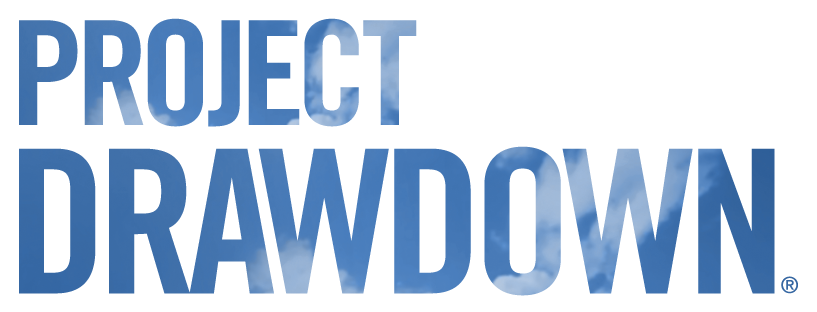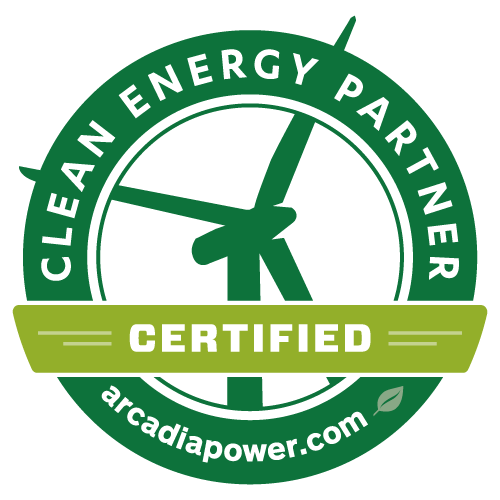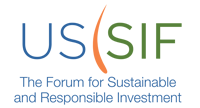Untangling ESG Investing
One of the missions of our firm is to encourage other financial advisors to adopt Sustainable, Responsible and Impact Investing techniques. In pursuit of this goal, I recently had the opportunity to go on the “Untangling Fintech” podcast hosted by Stathis Partners, a firm focused on delivering market intelligence to advisors and executives working at banks and credit unions. As I very rarely have the opportunity to speak with these types of advisors, I jumped at the opportunity to get the message of Sustainable Investing out to this group.
This conversation went on for a while, and it got a bit technical (it is aimed at other financial advisors after all), but we had a LOT of fun recording it, and if you’re looking for a way to get to know me and the way our firm approaches ESG data, this is an excellent way to do it. You’ll also hear from our partners at YourStake.org, who sponsored the podcast, and get to know why we’ve chosen to work with them.
You can listen to the podcast here, or where ever you get your podcasts these days.
Hosts:
Scott Stathis and Bob Mittel
Discussion Guests:
- Gabe Rissman – Co-Founder, YourStake
- Patrick Reed – Co-Founder YourStake
- Sean Meighan – Managing Director, Advisory Services, Atria Wealth Solutions
- Max Mintz – Financial Planner, Common Interests
- Keith Burger – National Sales Director, formally AIG now Luma Technologies
Sponsoring Partner:
Music Credits:
Band: A Rusty Something (Nick Simpson)
Song: SSRI
Click here to view the show page at Stathispartners.com
And click here to view the show notes, including the graphics that were discussed on the podcast.






